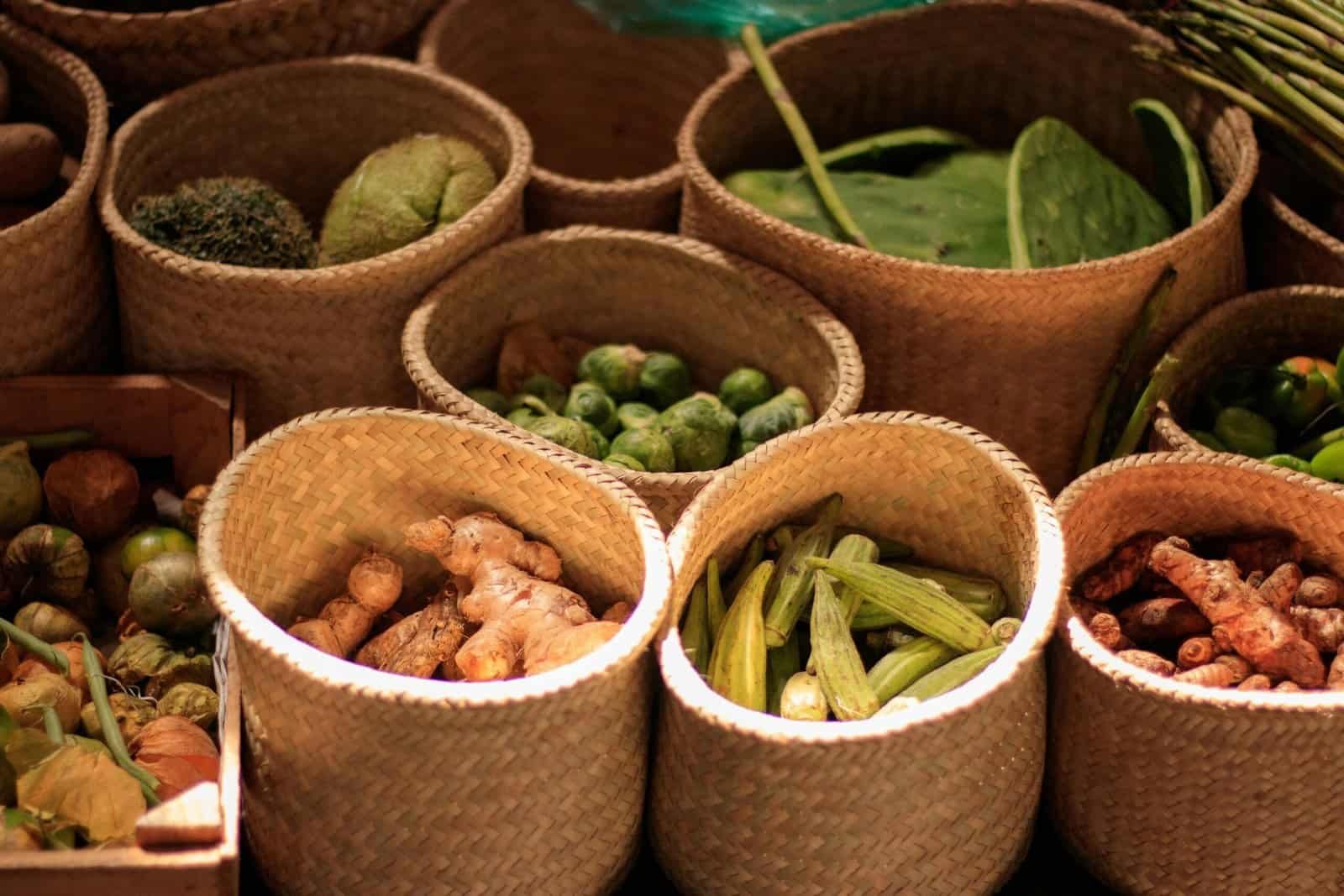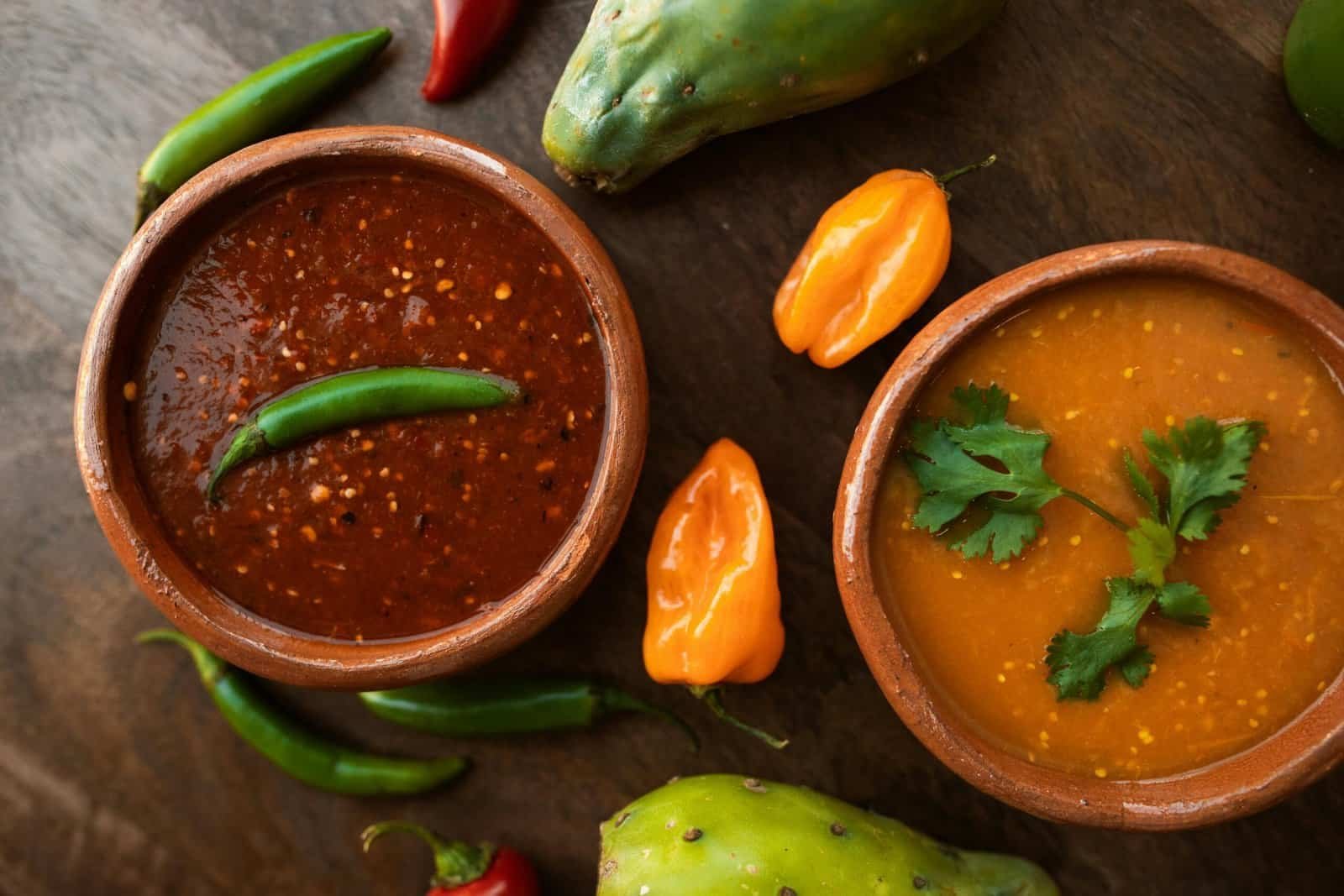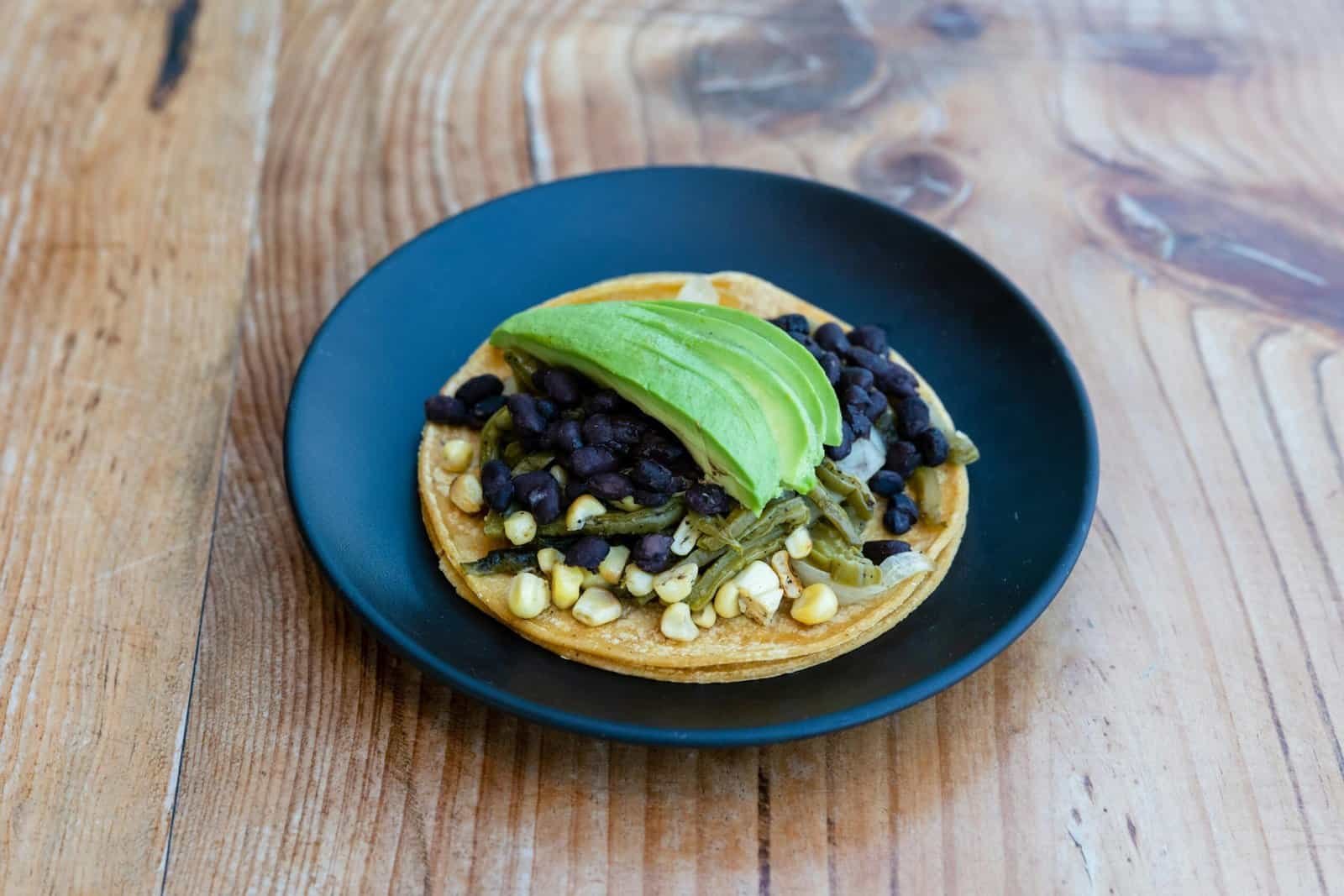Have you ever wondered how to prepare nopal for making sauces that burst with flavor and zest? If you’re intrigued by this unique ingredient, you’re in for a tasty adventure. Nopal, also known as prickly pear cactus, is a versatile ingredient commonly used in Mexican cuisine. Its unique texture and subtly tart flavor make it a fantastic addition to sauces, adding a complexity that’s hard to find elsewhere. In this guide, you’ll learn all the essentials to get your nopal prepped perfectly for any saucy creation you wish to explore.
Understanding Nopal: The Basics
Before you start cooking, it’s essential to know what nopal is and why it deserves a place in your kitchen. Nopal pads, also known as “nopales,” are the flat, fleshy leaves of the prickly pear cactus. These are usually harvested and stripped of their spines, then used in various dishes.
Nutritional Benefits of Nopal
Nopales are not just a culinary delight; they’re also packed with nutrients. Offering a generous supply of vitamins A, C, and K, and being high in fiber, they contribute nicely to a balanced diet. Their high antioxidant properties help reduce inflammation and promote overall health.
| Nutrient | Benefits |
|---|---|
| Vitamin A | Supports eye and skin health |
| Vitamin C | Boosts the immune system |
| Vitamin K | Aids in bone health |
| Fiber | Enhances digestive health |
| Antioxidants | Reduces inflammation and offers cellular protection |
Understanding these nutritional benefits helps you appreciate not only the flavor but the added health advantages of incorporating nopales into your dishes.
Selecting the Right Nopal
Choosing the right nopal is the first step to creating the perfect sauce. Freshness and quality make a big difference in the taste and texture of the finished product.
Tips for Selecting Nopal Pads
Here are some handy tips for picking the best nopal pads:
- Color and condition: Look for bright green pads that are free of blemishes or dark spots. The ideal pads should be firm and smooth to the touch.
- Size matters: Smaller pads generally have a more tender texture and milder flavor, making them suitable for sauces. Larger pads can be tougher and might require additional preparation steps.
- Check for freshness: Fresh nopales are flexible but not limp. If they feel rubbery or too soft, they may not be fresh.
Knowing what to look for ensures that your dish starts with the freshest ingredients possible, giving you a robust base to work from.

Preparing Nopal for Cooking
Once you’ve chosen the perfect pads, the next step is to prepare them properly for cooking. This involves cleaning and removing the thorns and possibly blanching to remove any bitterness.
Cleaning and Removing Thorns
Here’s a quick guide to safekeeping your hands while cleaning the nopal:
- Lay it flat: Place the nopal pad on a cutting board. Hold it down firmly with one hand (using a cloth if needed).
- Remove the spines: Using a sharp knife, scrape off the thorns, working from the base to the tip of the pad. Ensure all the tiny, hair-like spines are removed.
- Trim the edges: Cut around the edges of the pad to remove any remaining thorns that may not have been scraped off initially.
Cutting and Preparing
Once cleaned, the nopales should be cut to suit your dish.
- For sauces: Slice the nopal pads into thin strips or dice them into small cubes. The aim is to make them easy to incorporate into your sauce base without overwhelming the texture.
Blanching Nopal to Remove Bitterness
Blanching is often used to eliminate the slimy texture and reduce the bitter flavor of nopal:
- Boil water: Fill a pot with water and bring it to a boil.
- Add salt: Stir in a pinch of salt to enhance flavor.
- Submerge nopal pieces: Carefully place the prepared nopal pieces into the boiling water.
- Blanch briefly: Allow them to cook for about two minutes until they’re slightly tender.
- Drain and rinse: Remove from heat, drain in a colander, and rinse under cold water to stop the cooking process.
This step helps ensure that the nopal will blend seamlessly into your sauce, enhancing rather than overpowering it with its flavors.

Creating Delicious Sauces with Nopal
Having prepared your nopal, it’s time to integrate it into a sauce that sings with flavors. Let’s explore a couple of different sauce ideas that highlight the unique qualities of nopal.
Nopal Salsa Verde
Salsa verde is a vibrant green sauce that pairs beautifully with grilled meats, tacos, or even as a topping for enchiladas. Here’s a basic recipe to get you started:
Ingredients
- 2 cups prepared nopal
- 6 tomatillos, husked and rinsed
- 1/2 onion, roughly chopped
- 2 cloves garlic
- 1-2 jalapeños, stems and seeds removed (optional)
- 1/4 cup fresh cilantro
- Salt to taste
- 1 tablespoon lime juice
Instructions
- In a saucepan, combine the tomatillos, onion, garlic, and jalapeños. Cover with water and bring to a boil.
- Reduce the heat and simmer until the tomatillos are soft, about 5 minutes.
- Drain and transfer the cooked ingredients to a blender. Add cilantro, lime juice, and salt.
- Blend until smooth, adjusting the consistency with a bit of water if needed.
- Stir in the prepared nopal and mix well. Adjust seasoning before serving.
This salsa verde with nopal is a fantastic way to enjoy the prickly pear’s unique taste while benefiting from its nutritional qualities. The tang of tomatillos combined with the gentle bite of nopal creates a refreshing yet robust flavor profile.
Spicy Nopal Sauce
For those who enjoy a bit more heat, this spicy nopal sauce can make a great accompaniment to various dishes.
Ingredients
- 1 cup prepared nopal
- 3 ripe tomatoes, chopped
- 1 small red onion, diced
- 3 cloves garlic, minced
- 2 chipotle peppers in adobo sauce, chopped
- 1 tablespoon adobo sauce
- 1 tablespoon olive oil
- Salt and pepper to taste
Instructions
- Heat olive oil in a skillet over medium heat. Add onion and garlic, sauté until translucent.
- Add tomatoes and cook until they start to break down.
- Stir in the chipotle peppers and adobo sauce, cooking for a few more minutes until fragrant.
- Add prepared nopal and season with salt and pepper. Cook until everything is well-combined and heated through.
- Adjust seasoning to taste and serve warm.
This spicy sauce showcases how well nopal holds up against stronger flavors, letting its distinctive taste shine through the heat of chipotle and tomatoes.
Serving Suggestions with Nopal Sauces
With your sauces prepared, it’s time to think about how to serve them to maximize their culinary potential.
Pairing Ideas
Nopal sauces can be paired with:
- Grilled meats: Use as a topping for steaks, chicken, or pork to add depth and freshness.
- Tacos and burritos: Spoon over your favorite fillings for a sophisticated twist.
- Salad dressing: Drizzle over fresh greens for a tangy kick.
Storage Tips
You can store leftover nopal sauces in an airtight container in the refrigerator for up to a week. The flavors often deepen and improve after a day or two.

Frequently Asked Questions
To wrap things up, here are some common questions you might have about cooking with nopal:
Do I Need to Remove All the Slime?
The natural mucilage or slime of nopal can be reduced by cooking methods like roasting, grilling, or blanching. It doesn’t have to be completely removed and can be utilized to add texture to dishes.
Can I Use Canned Nopal?
Canned nopal is a convenient alternative, though fresh nopal tends to have a better flavor and texture. If using canned, drain and rinse thoroughly to remove excess salt and preservatives.
How Does Nopal Change the Texture of Sauces?
Nopal adds a slight crunch or firmness, depending on how finely it’s sliced and how long it’s cooked. It can add an interesting texture contrast to smooth sauces.
Exploring nopal opens a door to vibrant flavors and new culinary experiences. By preparing it with care, you can transform an ordinary sauce into something extraordinary. Enjoy your adventure with this remarkable ingredient, and let your sauce-making skills shine!
Now that you know how to prepare nopal for sauces, what will you make first?

